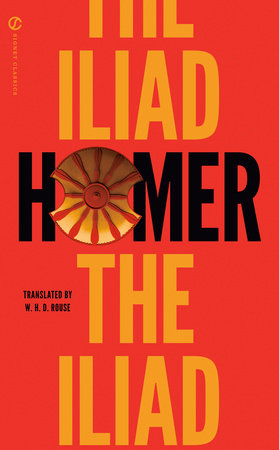In the early nineteenth century Friedrich D. E. Schleiermacher rejected the specialized hermeneutics of medieval philosophy (that is, theological, juridical, and literary hermeneutics) and in their place proposed a general theory of interpretation established not upon genre-based dissimilitude but rather upon the linguistic and grammatical unity of all texts. This new general hermeneutics would no longer have textual elucidation as its focus. Instead, hermeneutics would become the art of understanding. But how can a reader best understand a text?
Because Schleiermacher saw texts as having their source within the minds of their authors, he maintained that understanding is possible only by way of re-experiencing the mental processes of the text’s author. By reversing the procedure of composition, the reader could begin with a fixed text and work his or her way back to the author’s original mental state from which that text derived. The reconstruction and reconstitution of the grammatical and psychological aspects of composition could then lead the reader to having an even better understanding of the text than the author himself or herself had.
In this way, Schleiermacher left room for an element of divination or intuition in the process so that the reconstruction was not purely logical or formal. Rather, both elements—the formal grammatical nature of the text as well as intuitive congeniality with the author—were necessary before we understand and thereby can interpret properly that which is written. Nevertheless, the principal goal of hermeneutics for Schleiermacher was not the understanding of the author’s psychology, but rather a more accurate excavation or presentation of the meaning of the text itself. Language—not psychology—remained central to his hermeneutic project.
We can leave aside the problematic question of whether or not it is actually possible to reconstruct another person’s thought processes, especially someone whom we have not ever met in person, and the even more demanding question of whether or not a spoken or written text is indeed the result of some inner mental experience. Regardless, we must still acknowledge the fact that although psychology and subjectivity were not his main concerns, Schleiermacher did indeed formulate his definition of a general hermeneutics upon the notion of a psychological subject. Dilthey, however, can help reorient our understanding of the human sciences as autonomous from the natural sciences and thereby leave open the possibility of the rejection of neutral, scientific objectivity altogether.
Wilhelm Dilthey proposed that understanding is an impossibility unless we begin upon the firm foundation of lived, concrete experience. He saw hermeneutics as the heart of the Geisteswissenschaften and did not distinguish among specific discipline-based hermeneutics. Like Schleiermacher, he, too, grouped together historical, literary, and artistic texts in order to arrive at a more general hermeneutics. Yet Dilthey’s legacy remains conflicted, torn between the Romantic notion of the possibility of a complete immersion in life and an abiding desire for objectively valid data.
Rejecting the methodology of the natural sciences as being divorced from the lived experience of human beings, he offered a more precise understanding of historical consciousness than previously developed. We can understand life only in terms of life itself, and cultural artifacts can be meaningful to us only if they illuminate the inner life of human beings. But just as Schleiermacher’s interest lay with the text and not the author’s personal psychology, Dilthey concerned himself with the socio-cultural and historical milieus of the author and not simply with the author’s individuality as such. This shared world is what binds reader, author, and text together into a unity of meaning.
Perhaps Dilthey’s greatest contribution to hermeneutics, however, is his understanding of the human being as being primarily historical. It is only by way of our detour through and reliance upon history that we can come to any kind of self-understanding. Moreover, the limits of history define what human beings are; that is, we can escape neither our own historical context nor the trajectory of history that has led up to this present moment. Such historical relativism necessitates continual self-reinterpretation. By broadening hermeneutics to include the historical context of the shared world, Dilthey allowed for the work to speak of the inner experience of the human being not just in terms of subject-object metaphysics. In this way, he prepared the course for Heidegger’s notion of the necessary historicity of human being and his rethinking of hermeneutics as a mode of Dasein’s being itself.
For a more thorough examination of the history and development of hermeneutics throughout the nineteenth and twentieth centuries, I recommend the following texts: Jean Grondin, Introduction to Philosophical Hermeneutics, trans. and ed. Joel Weinsheimer (New Haven, CT: Yale University Press, 1994); Gayle L. Ormiston and Alan D. Schrift, eds, The Hermeneutic Tradition: From Ast to Ricoeur, (Albany: SUNY Press, 1990); and Richard E. Palmer, Hermeneutics: Interpretation Theory in Schleiermacher, Dilthey, Heidegger, and Gadamer, ed. John Wild (Evanston, IL: Northwestern University Press, 1969).




